My earlier review of the Fujica 35SE camera turned out to be part of an accidentally linked series of posts about cameras that followed the development of automation almost all manufacturers seemed to be intent on through the latter half of the 20th century. I guess they realised that the general public wanted cameras that didn’t need a lot of technical know how but produced better quality than the very basic ones to use to record family and other interests. This started in the 1950s with, mostly, shutter speed priority match needle autos and culminated in the auto everything point and shoot models that just preceded digital.
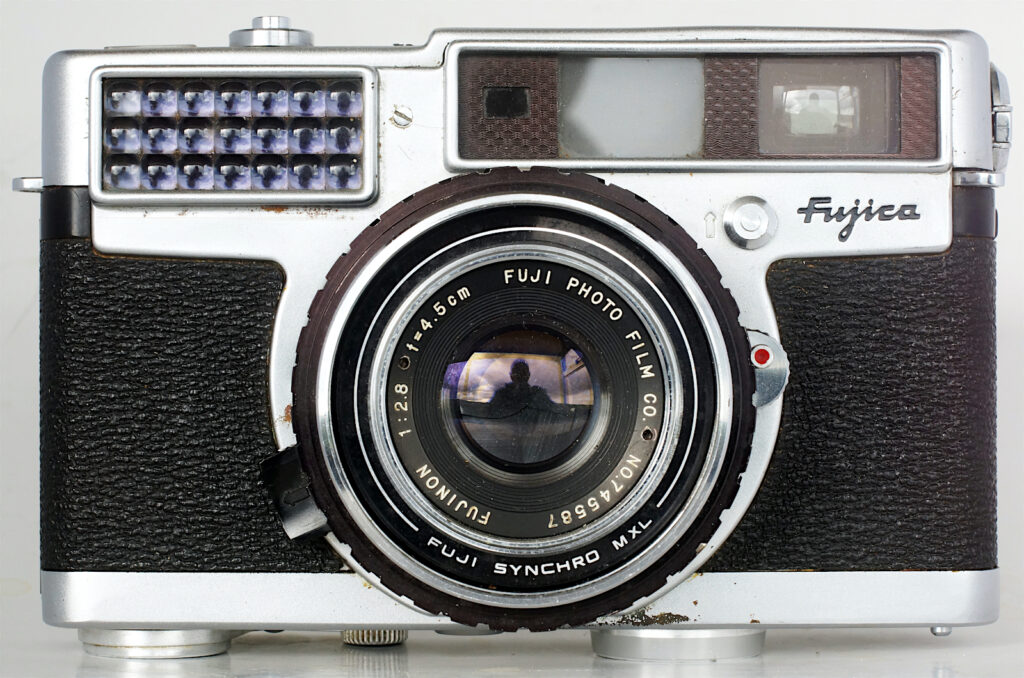
The camera
This rather battered Fuji 35SE required quite a bit of tinkering which was only partly successful. When I wrote about it recently I concluded that the viewfinder and rangefinder were too out of whack to be saveable. The finder frame wobbled as though it was mounted on jelly and the rangefinder so out of adjustment as to be beyond repair other than to replace the 45º mirror that had come adrift. And the meter didn’t seem to respond beyond a mid point.
It did wonder if I had been a bit hasty in judging the framing so I thought I would give it another outing, splitting a film with my recent Canon 7 acquisition. I had no idea what was going on but I thought a few shots might clarify things.
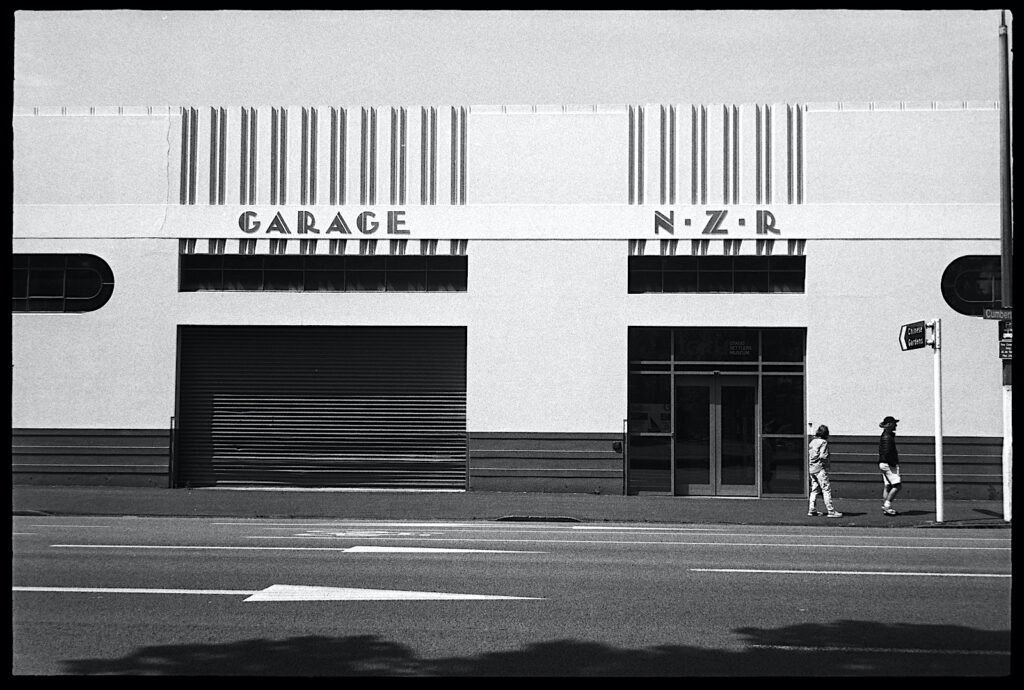 In landscape, framing seems to be spot on.
In landscape, framing seems to be spot on.
As it turned out, I was right the first time, in part. With film loaded and focussing on actual subjects, the rangefinder remained wildly inaccurate and couldn’t possibly be relied on. The finder on the other hand seemed to be behaving itself and was only just wobbling a little and not tilting noticeably. So it was back to scale focus but with fairly accurate framing.
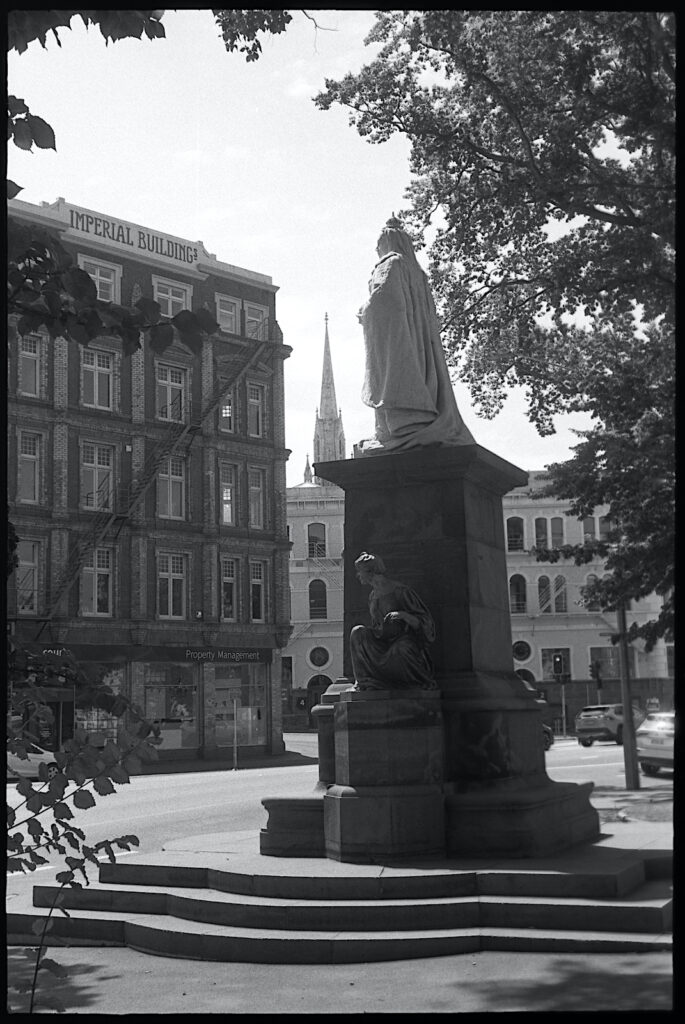 But when turned to portrait the framing definitely drifts. The queen was definitely in the centre of the frame.
But when turned to portrait the framing definitely drifts. The queen was definitely in the centre of the frame.
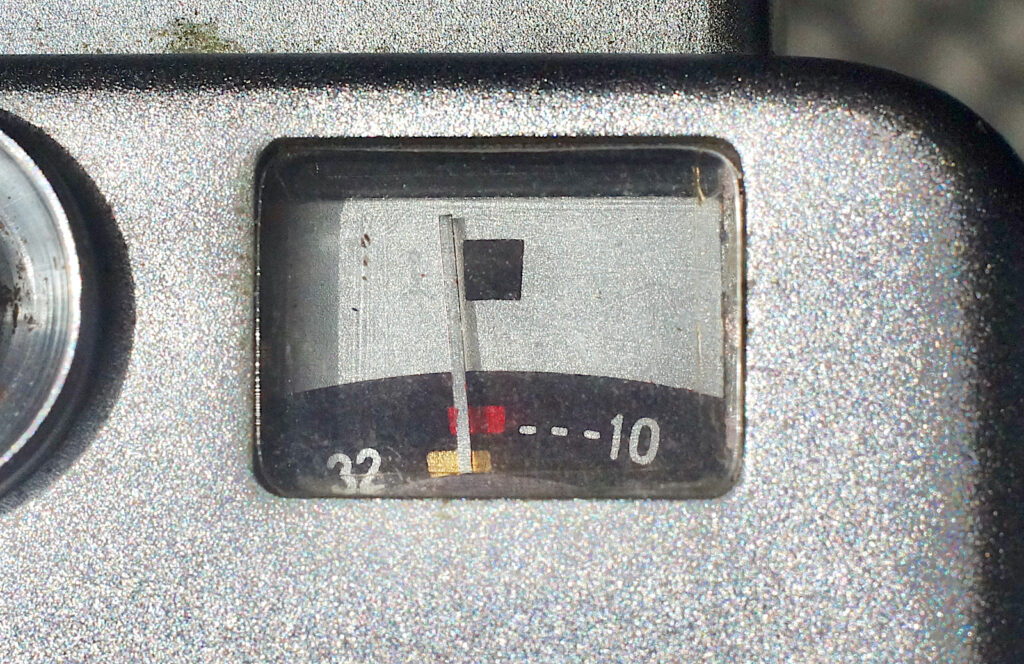
The other confusing thing was the meter which seemed to respond and agree with my Sekonic but the needle didn’t seem to want to go past the central point of the scale. A recent advert I saw for the same camera clearly showed the needle past the centre on the right of the scale. Note that the scale is calibrated over- to under-exposure from left to right, the opposite to every other meter I have seen. By adjusting the aperture against a set shutter speed from over-exposure until the needle just reaches the centre point seemed to be giving an accurate reading, however. These sample shots were all exposed using this method and they all had good exposure. The manual doesn’t explain the meter very clearly and my example may just be the result of poor adjustment or misuse.
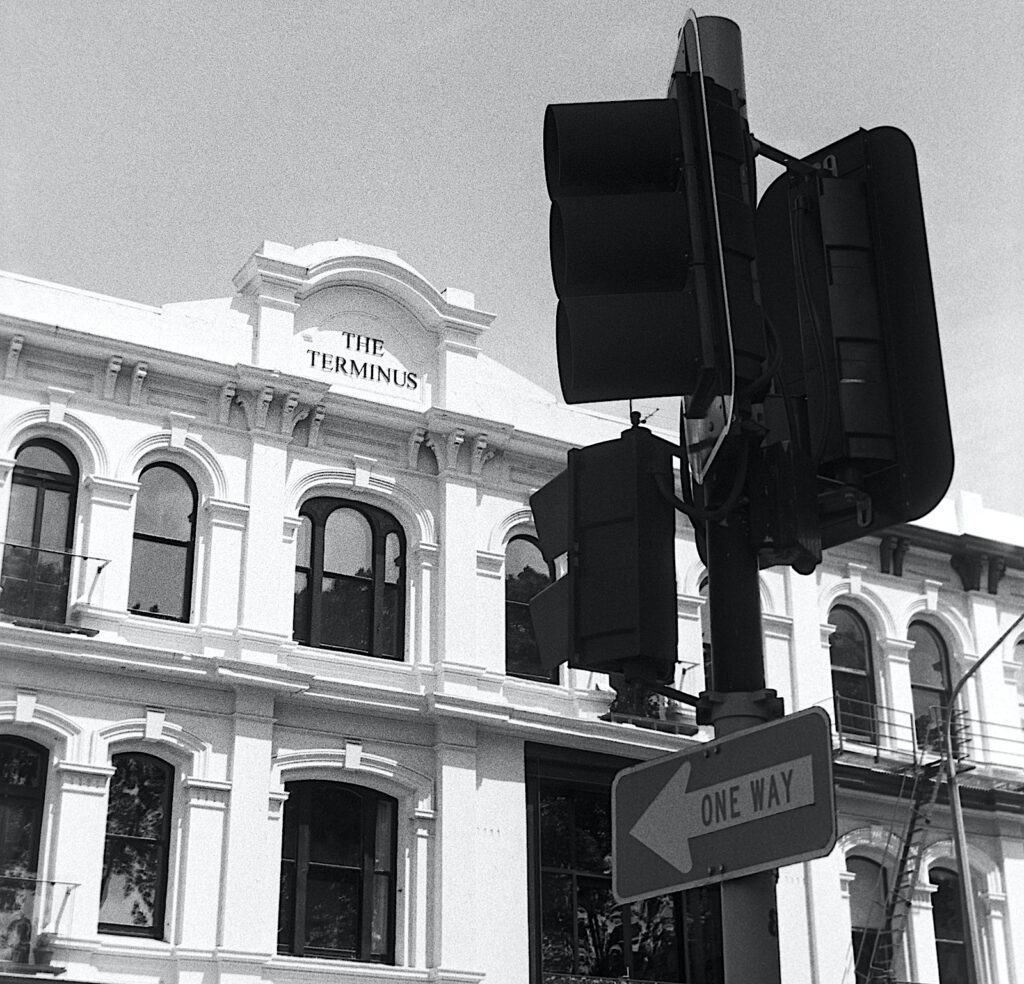 A cropped composition with very clean and sharp detail.
A cropped composition with very clean and sharp detail.
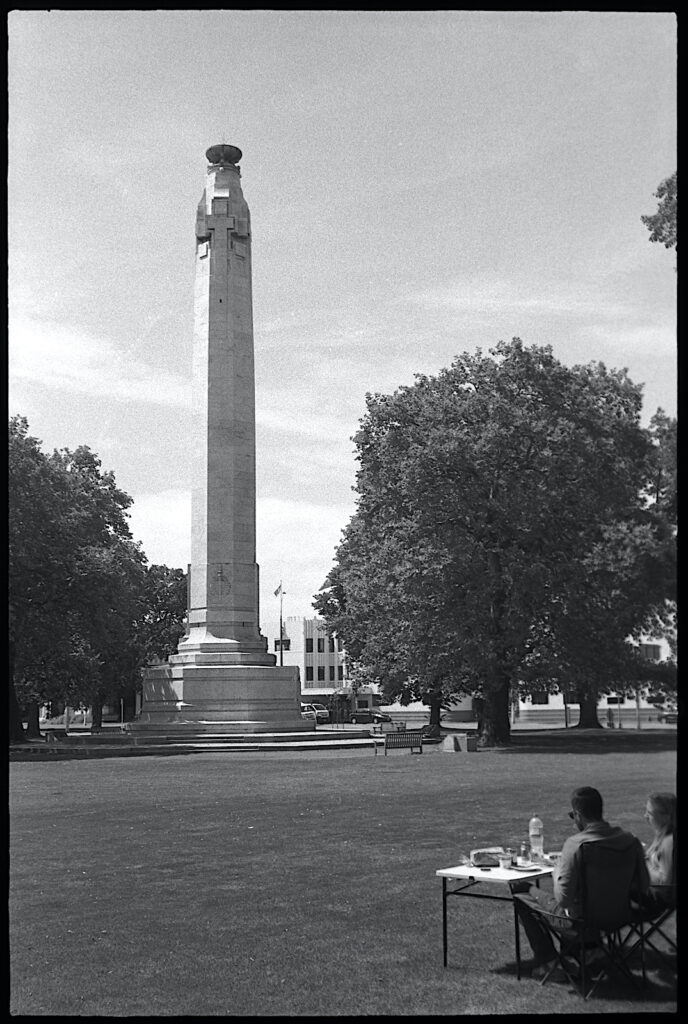 The picnicers were all in frame here when I shot the photo.
The picnicers were all in frame here when I shot the photo.
 Again there is definite mis-framing here with just a little wobble.
Again there is definite mis-framing here with just a little wobble.
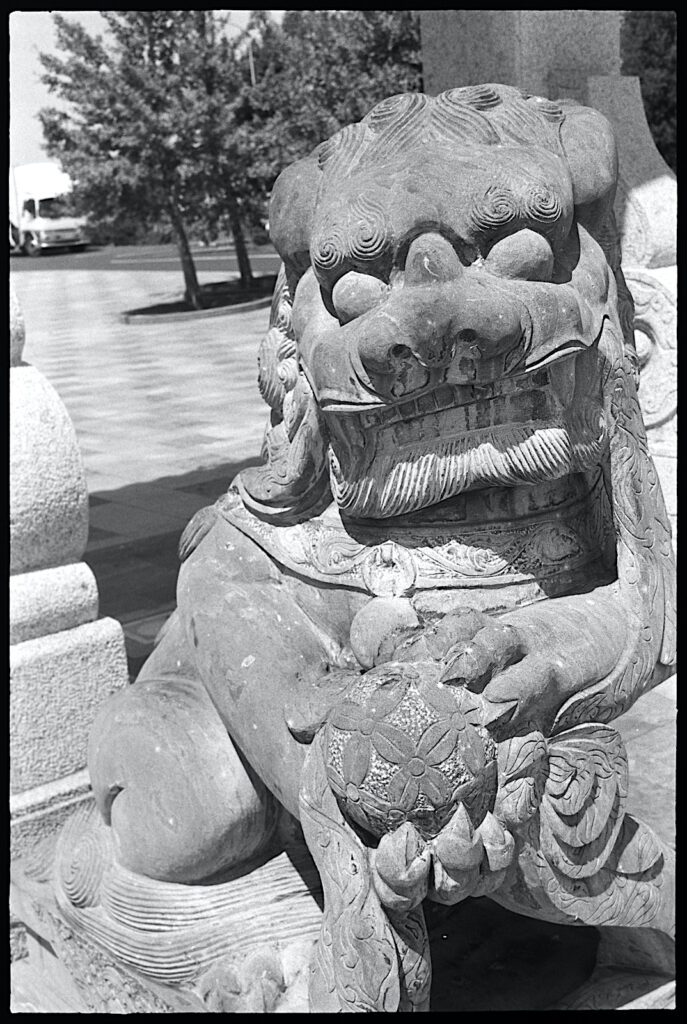 Same again.
Same again.
 Probably here too but hasn’t mattered as much with this one.
Probably here too but hasn’t mattered as much with this one.
Still, it has been useful to give it another go and proved to myself it would be worth reverting to Plan A i.e. extracting the lens for use with digital. It really is a very capable lens, even though the camera generally is probably past economic help. The Fujica named shutter has proved to be in good shape too and with a working, albeit with a nudge, delayed action.
So another project in the works rather than just selling on.
All the examples were exposed according to the built-in meter and are on FP4+ processed in Rodinal 1:50.
Share this post:
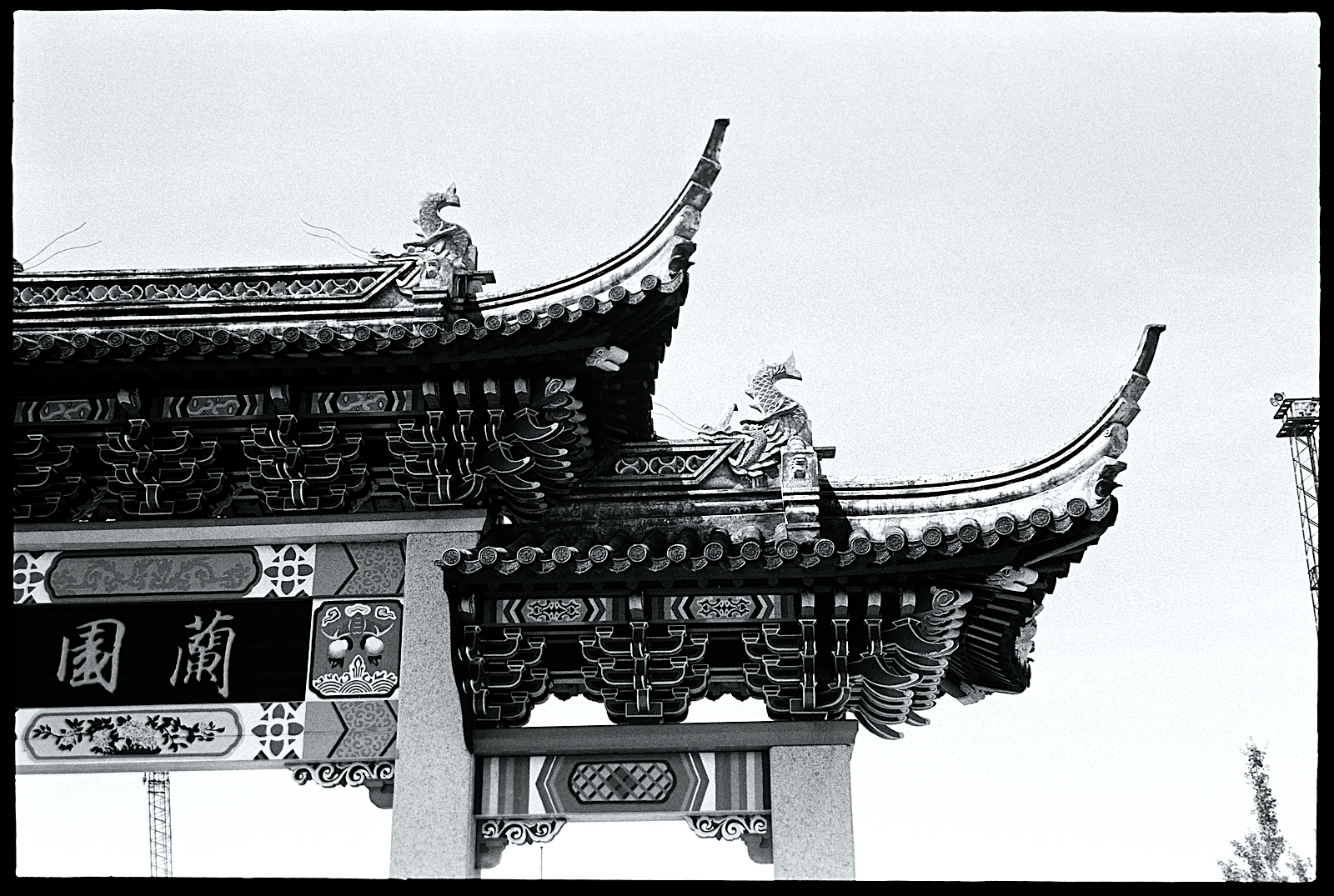
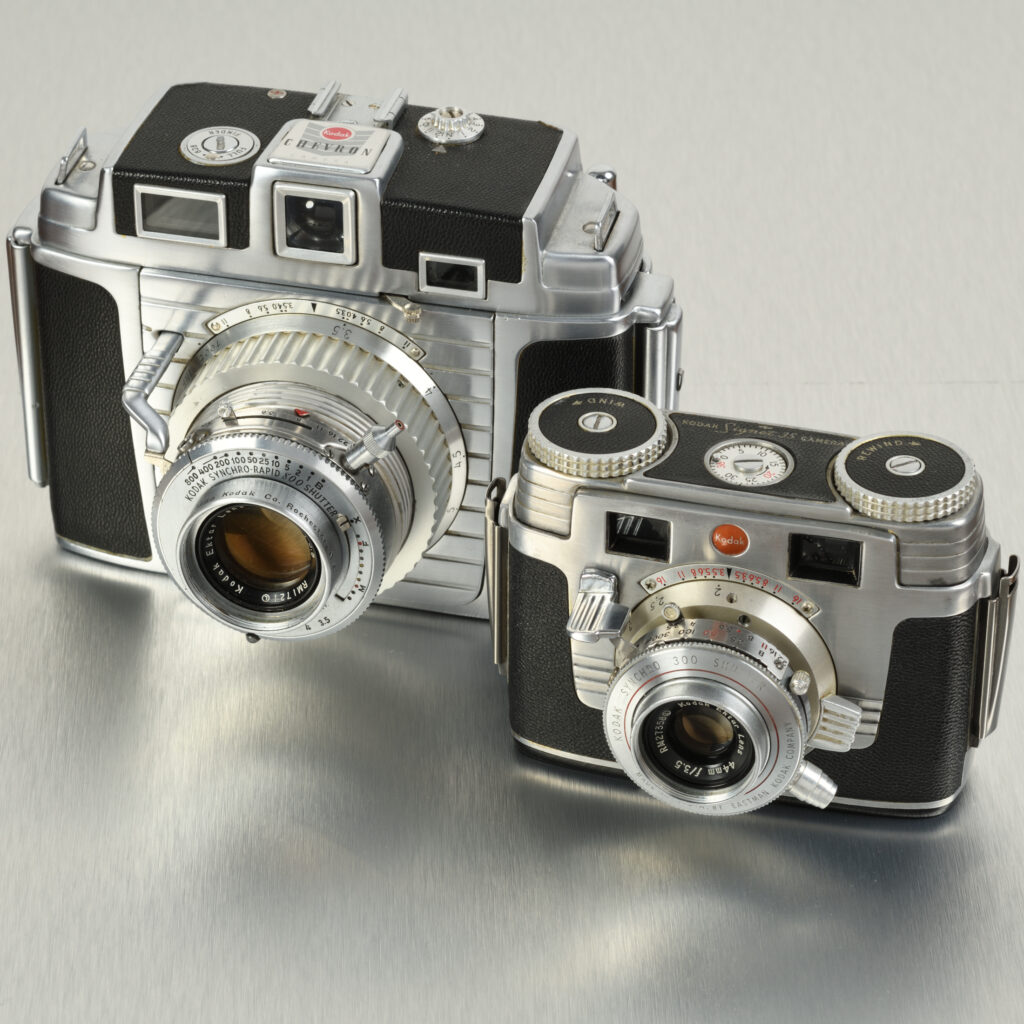
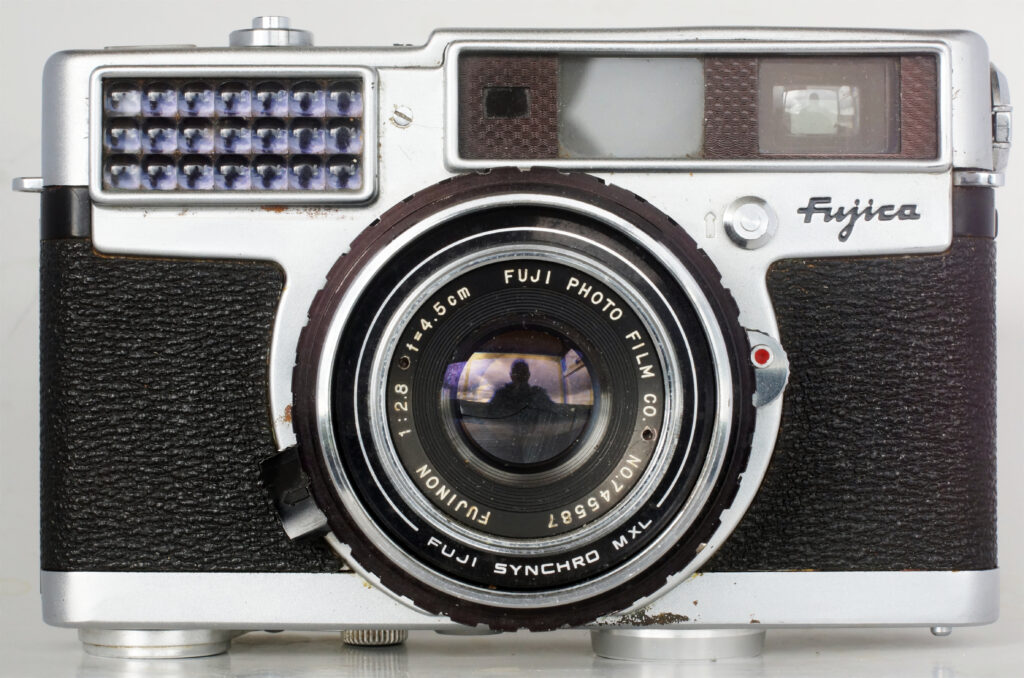
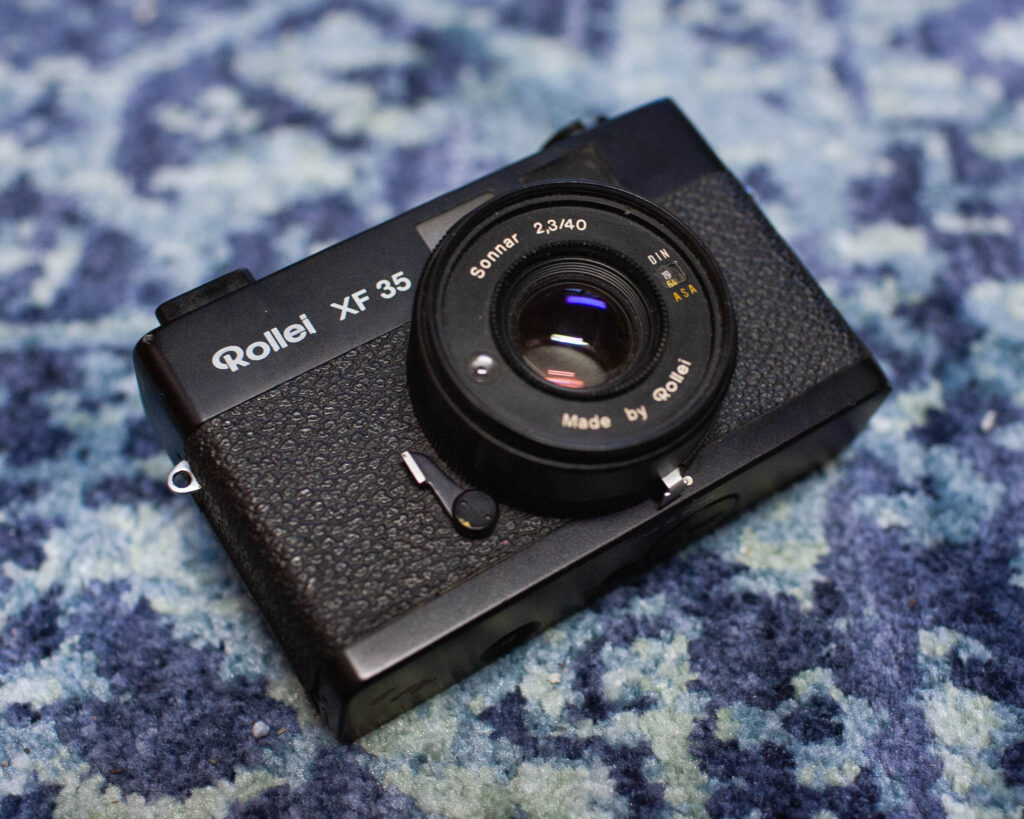
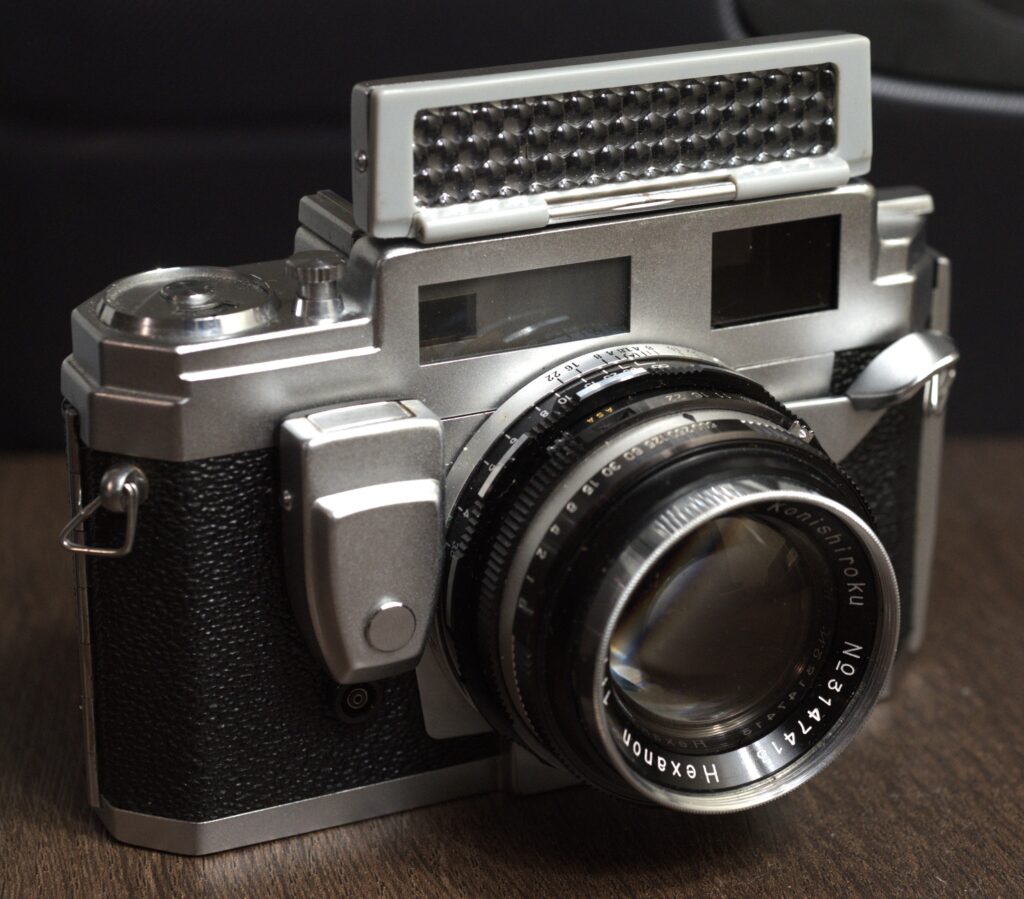
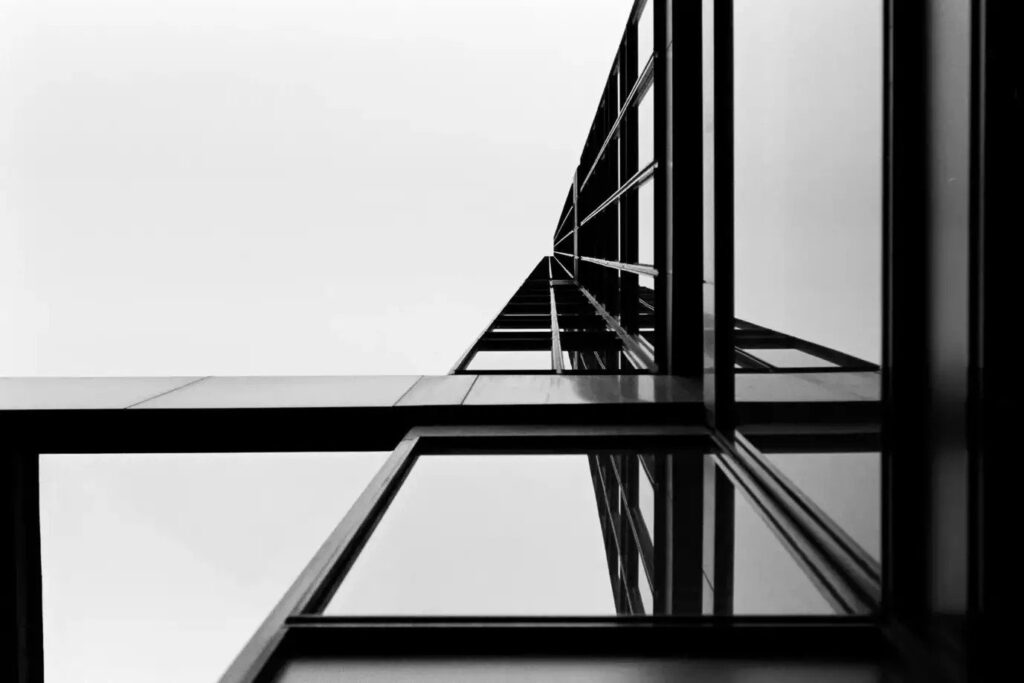
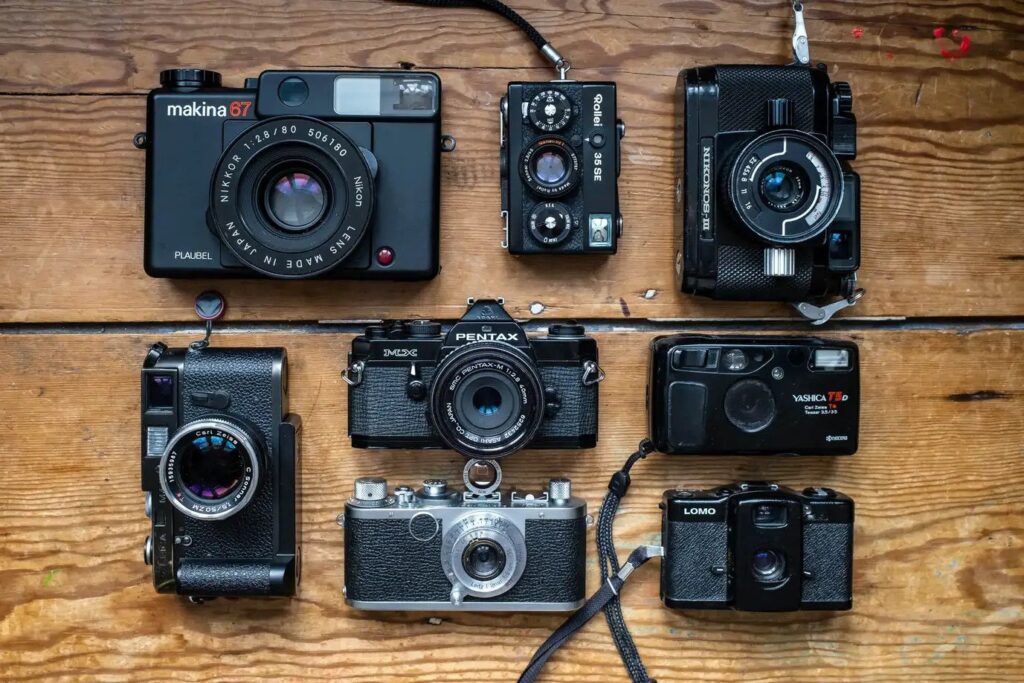
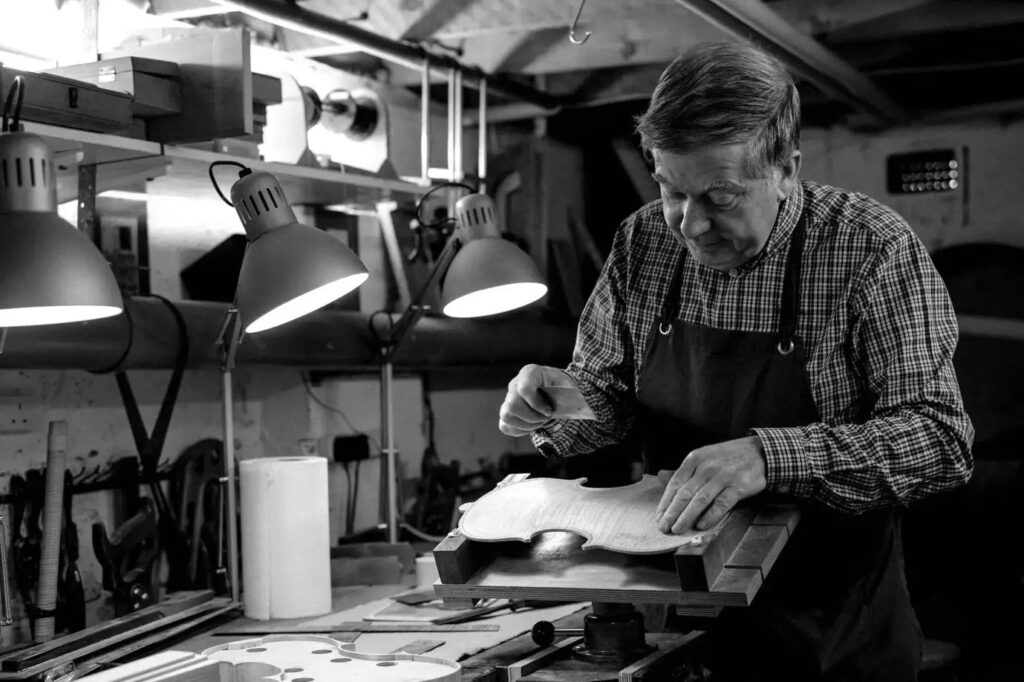
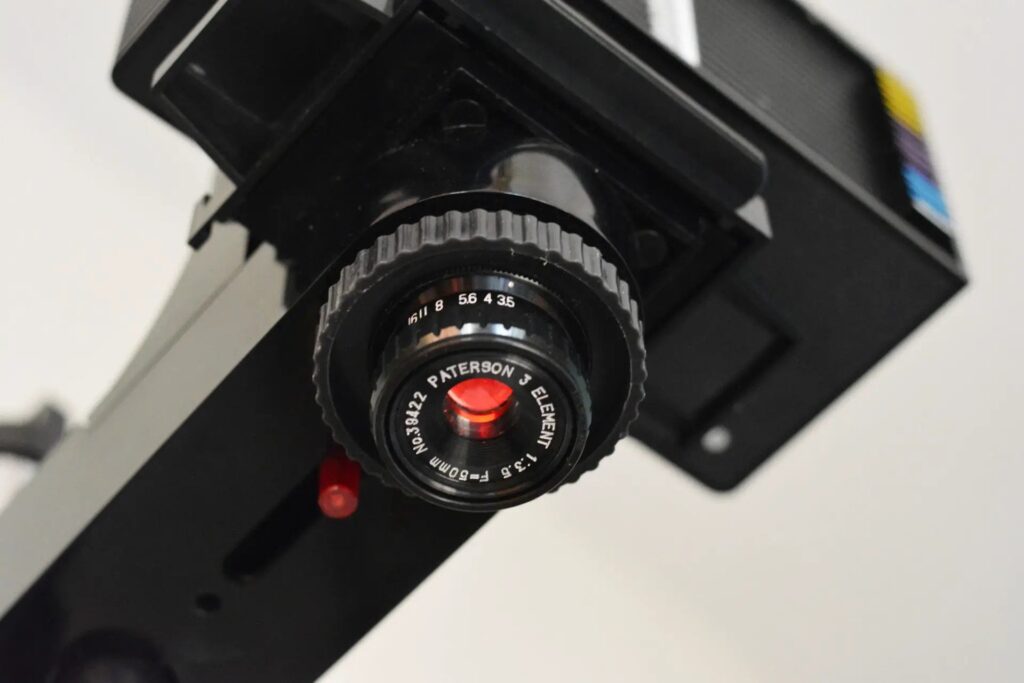
Comments
Jeff T. on Fujica 35SE – A second look at a somewhat tatty but unusual camera
Comment posted: 08/04/2025
Comment posted: 08/04/2025
Gary Smith on Fujica 35SE – A second look at a somewhat tatty but unusual camera
Comment posted: 08/04/2025
Question: Do you think that the preference for Rodinal is due to which side of the Atlantic one lives? I grew up with Kodak chemistry and as I decide where to go after realizing that the Df96 monobath isn't working for my Fomapan 100, I'm thinking D-76 although it seems that half the world uses Rodinal.
Comment posted: 08/04/2025
Ibraar Hussain on Fujica 35SE – A second look at a somewhat tatty but unusual camera
Comment posted: 08/04/2025
Comment posted: 08/04/2025
Ed Currie on Fujica 35SE – A second look at a somewhat tatty but unusual camera
Comment posted: 08/04/2025
Comment posted: 08/04/2025